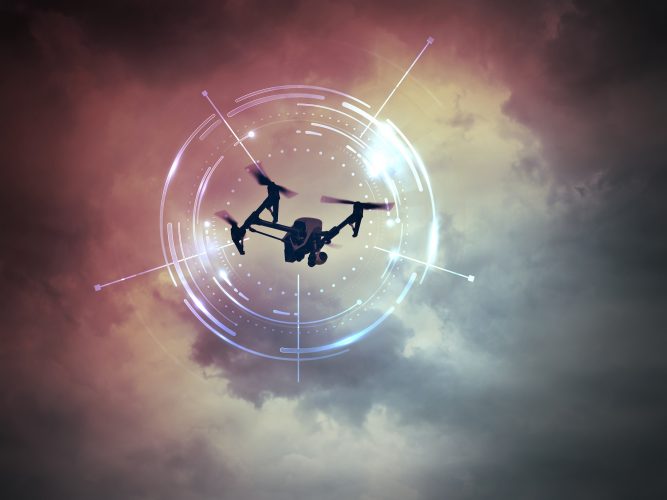Social media is warning of escalating drone attacks against Russian forces by small kamikaze drones launched from Ukraine according to press reports and an article published by Forbes.
“Ukrainian military and political observer Alexei Arestovich says they are preparing a drone offensive, and in January Ukrainian General Command announced the formation of new tactical drone assault units,” says Forbes. A blogger called Russian Engineer has put these together with information from other sources to predict an onslaught of miniature attack drones.
“Recently, it has become known that, in terms of drones, buyers of the Armed Forces of Ukraine have bought up almost the entire market of FPV drone components in China, according to indirect estimates, by 50-100 thousand units,” writes Russian Engineer. “They have already trained more than a thousand operators of these models. They make them into kamikaze with a shaped charge warhead, FPV, or with a fragmentation grenade. And they have accumulated all this before the offensive.
“Racing drones, also known as FPV or First Person View drones, are smaller than standard quadcopters but have powerful motors giving speeds of 120 mph or more.”
Forbes reports that Ukrainian forces carried out their first improvised FPV drone attack in July 2022, with the quadcopter diving through an open doorway into a building occupied by Russian troops before exploding. Since then, FPV attacks have proliferated. The success rate is usually quoted at something over 50%.
The key point about the FPV attack drones is that, compared to other guided weapons and loitering munitions, they are cheap and easily available.
Many Ukrainian groups have been raising funds to build large numbers of such drones, and Russian forces have also been using such drones.
Russian Engineer ponders how to counter the kamikazes. Radio jamming is the obvious methods, but this has so far not been effective against FPV drones. Russian Engineer also talks about the value of camouflage and protective bunkers, and the limited range of the FPV drones – he suggests 5 kilometers – which means that equipment pulled back far enough from the front line should be safe.
“Samuel Bendett, an expert on Russian drones and adviser to both the CNA and CNAS think tanks, says it is hard to assess Russian Engineers’ specific claim about 50-100,000 drones, but the threat is real enough. He says tackling so many incoming drones would require an integrated CUAS or counter-uncrewed aerial system defense. This would typically involve sensors to detect drones, command and control, and a variety of means to bring them down from jammers to missiles to automatic cannon,” says the Forbes report.
For more information visit:




